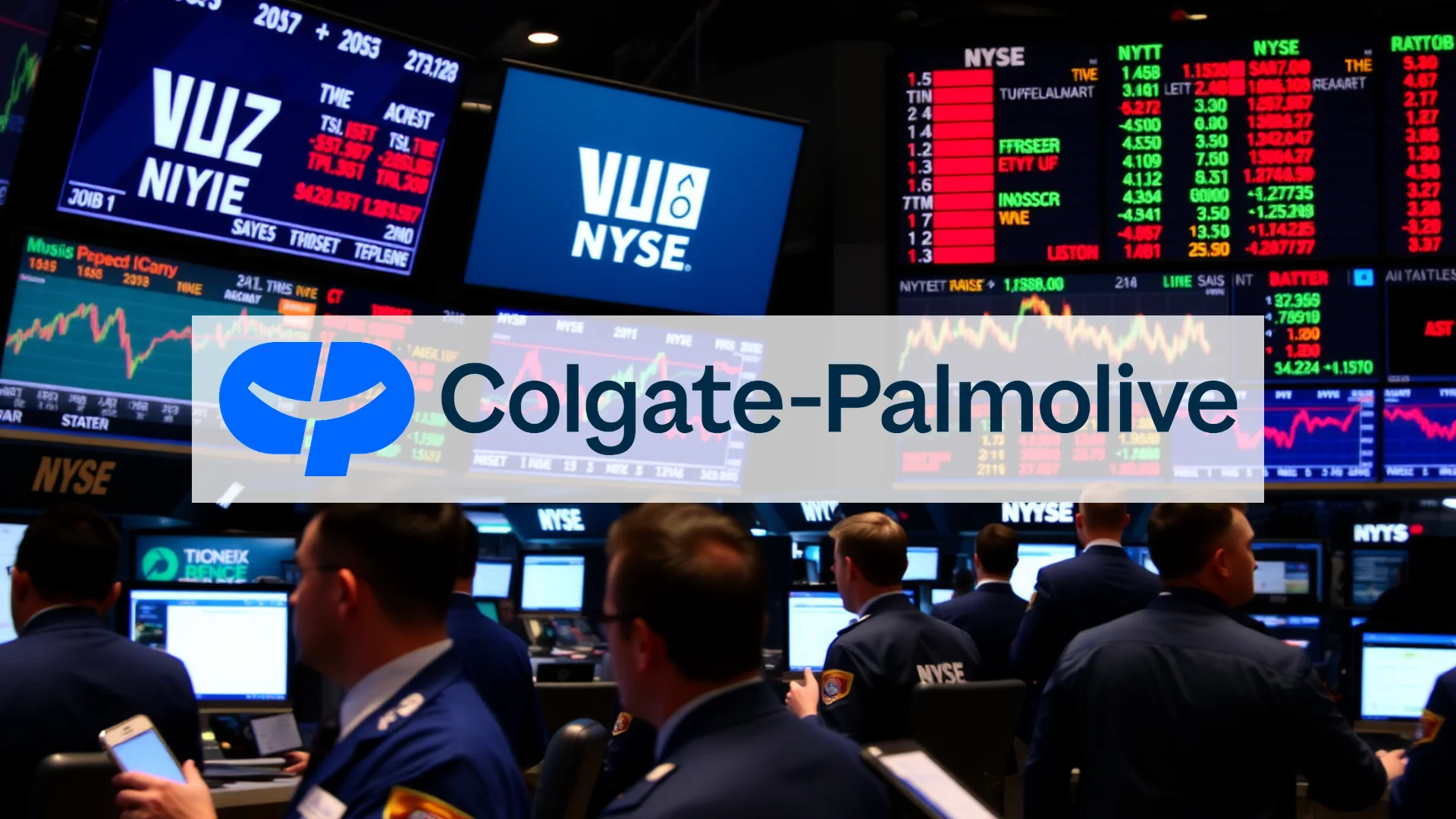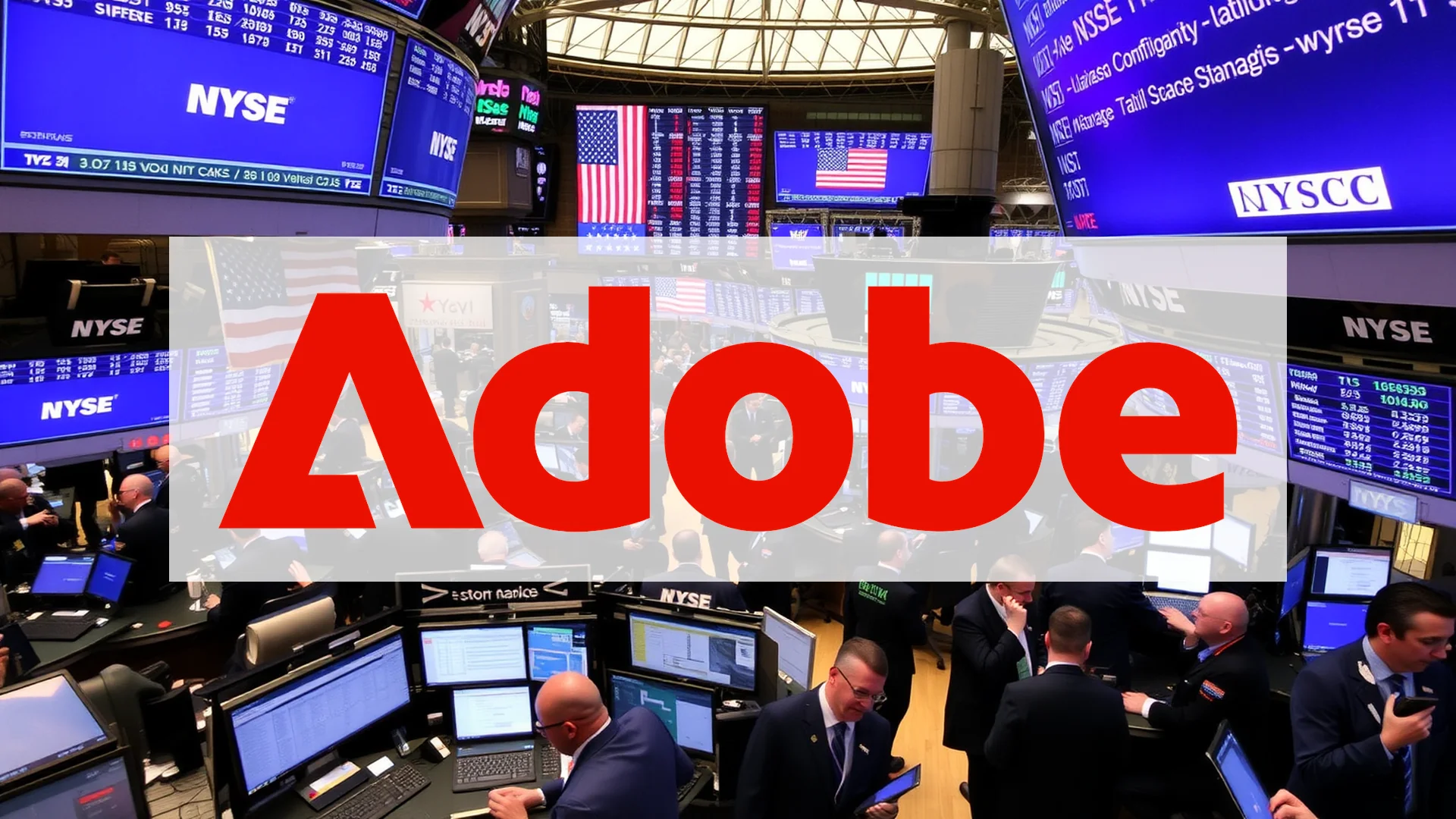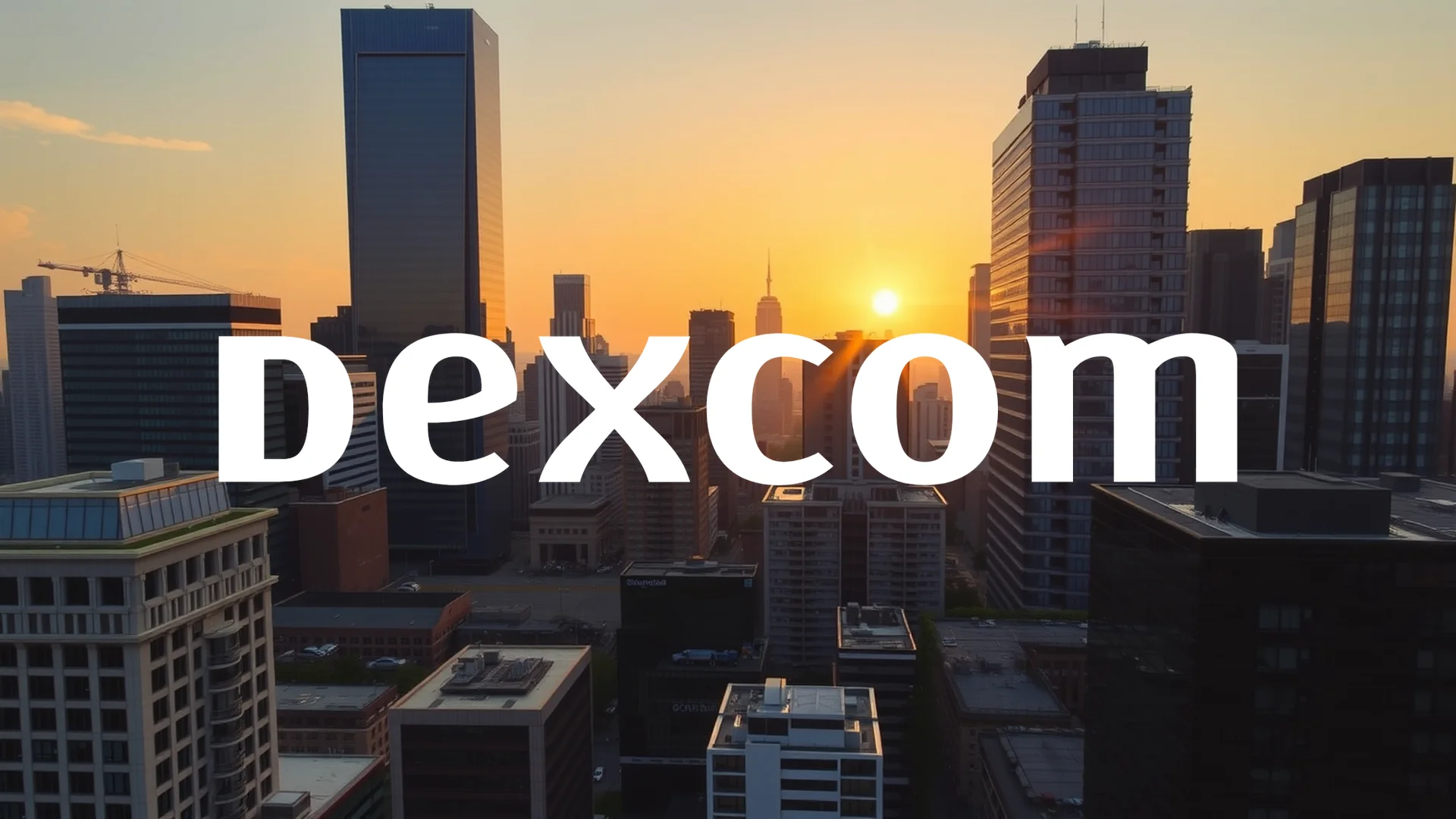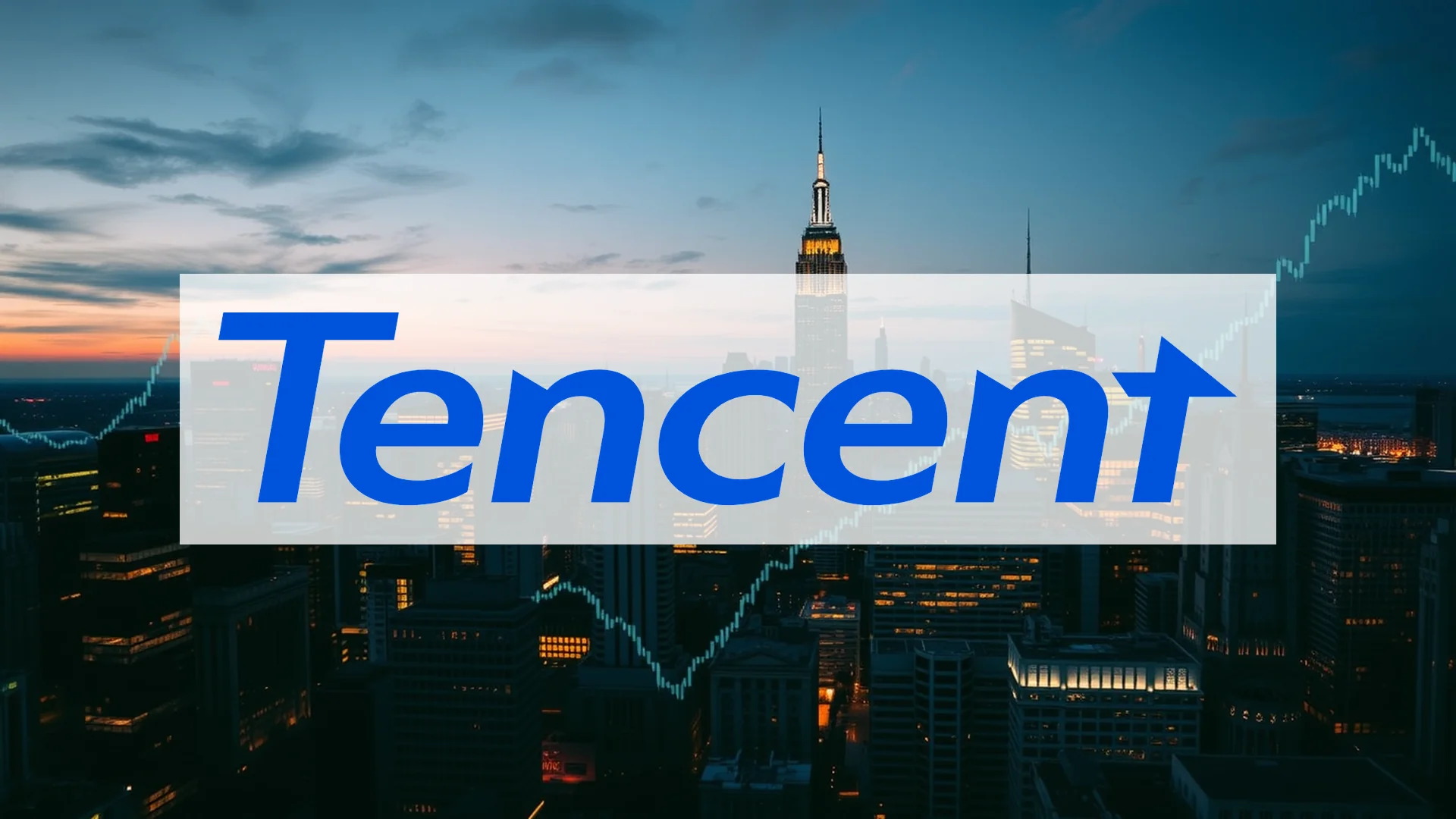After nearly a century as a publicly traded company, Walgreens Boots Alliance has officially departed from public markets. On August 28, 2025, the pharmacy giant concluded its stock market presence following a complete acquisition by private equity firm Sycamore Partners in a deal valued at $10 billion. This strategic move transitions the struggling retail chain into privately held status, marking a significant turning point for one of America’s most established retail brands.
Immediate Corporate Restructuring Underway
Sycamore Partners has initiated a comprehensive breakup of the conglomerate, dividing operations into five distinct business entities: Walgreens, The Boots Group, Shields Health Solutions, CareCentrix, and VillageMD. This separation strategy aims to unlock value that had been constrained under the previous corporate umbrella.
Leadership changes accompany the structural overhaul. Mike Motz, former Staples chief and past president of Canadian chain Shoppers Drug Mart, assumes the CEO role from Tim Wentworth. Motz brings extensive retail pharmacy expertise to his new position.
Notably, principal shareholder Stefano Pessina and his family demonstrated confidence in the restructuring by reinvesting their entire 17 percent stake and committing additional capital to the transaction.
Financial Pressures Forced Drastic Action
The decision to go private follows years of substantial financial deterioration. Walgreens witnessed a dramatic collapse in market valuation, plunging from over $100 billion in 2015 to just $8 billion by 2024. The company’s fiscal 2024 performance proved particularly devastating, with losses mounting to $8.6 billion—nearly triple the previous year’s deficit.
Should investors sell immediately? Or is it worth buying Walgreens Boots Alliance?
A critical factor in the downturn was the unsuccessful healthcare venture. Massive investments in VillageMD physician practices failed to deliver anticipated returns, significantly worsening the company’s financial instability.
The deteriorating situation forced several emergency measures:
– Elimination of quarterly dividends for the first time in over nine decades
– Plans to shutter 1,200 store locations (representing 13.79% of all outlets)
– Intensifying competitive pressure from Amazon and Walmart
– Declining prescription reimbursement rates
Private Equity: Strategic Solution or Last Resort?
New CEO Mike Motz emphasizes the advantages of private ownership, stating, “As a private organization, we can maintain long-term focus on our core pharmacy and retail platforms.” Stefan Kaluzny of Sycamore Partners echoes this perspective, promising that “Walgreens will benefit from the flexibility of private ownership to implement changes more rapidly and purposefully.”
Market observers, however, caution that private equity leadership often brings additional store closures and workforce reductions. Communities with limited healthcare access could face pharmacy desertification as a consequence. This transaction aligns with broader industry patterns, following competitor Rite Aid’s 2024 bankruptcy and subsequent reorganization under private control.
The Nasdaq delisting concludes an era that began in 1927. All stock options have been terminated, with trading suspended across all exchanges. Shareholders received $11.45 per share, with potential for up to $3 in additional compensation from future VillageMD asset sales.
Ad
Walgreens Boots Alliance Stock: Buy or Sell?! New Walgreens Boots Alliance Analysis from November 17 delivers the answer:
The latest Walgreens Boots Alliance figures speak for themselves: Urgent action needed for Walgreens Boots Alliance investors. Is it worth buying or should you sell? Find out what to do now in the current free analysis from November 17.
Walgreens Boots Alliance: Buy or sell? Read more here...












